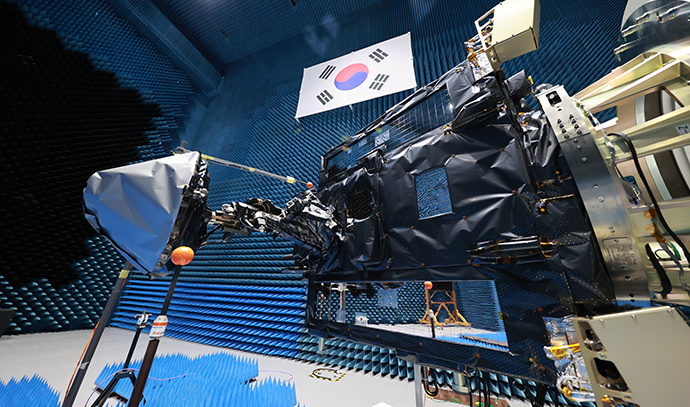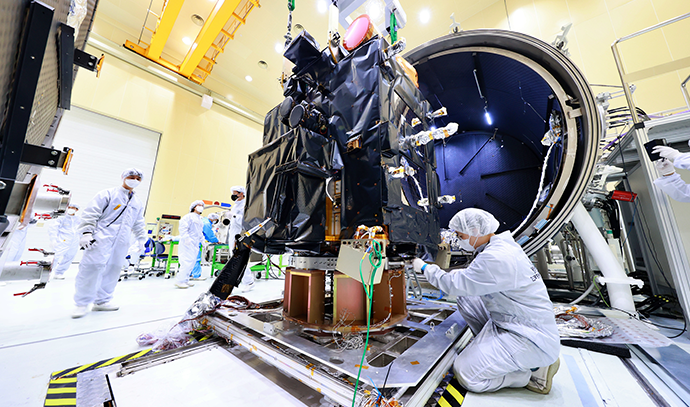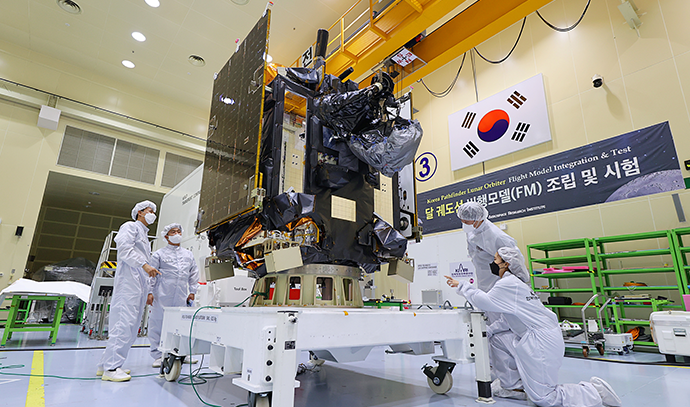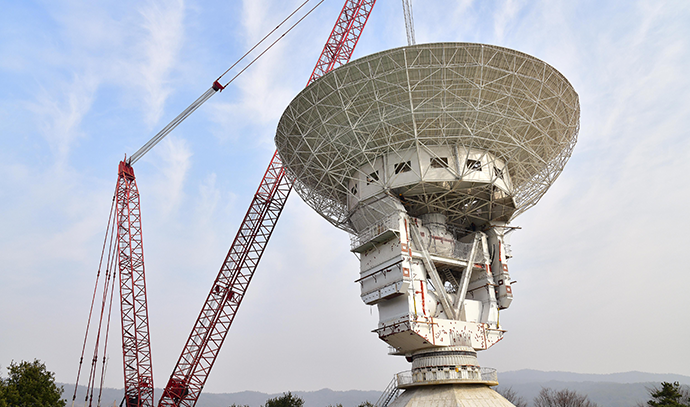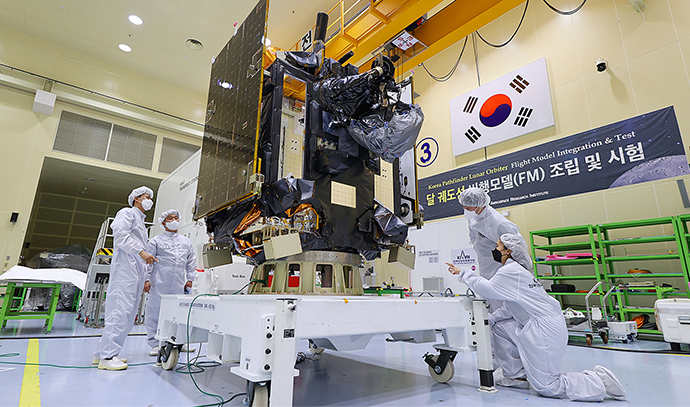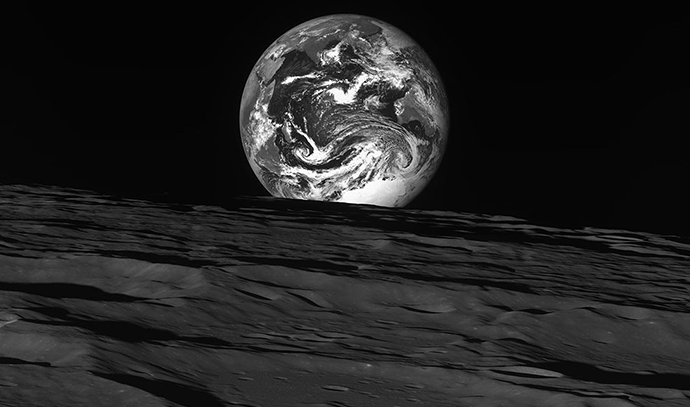

A New Era of Lunar Exploration Begins
Since the historic Apollo 11 Moon landing in 1969, the United States has launched a new crewed lunar mission program known as Artemis. While traditional space powers like Europe, China, Japan, and India continue lunar exploration, the New Space era has ushered in participation from private startups pursuing innovation and opportunities. Unlike past missions, space-leading countries now regard the Moon as an undeveloped domain of immense potential, aiming to establish leadership in space development through lunar exploration. With advanced space technologies, these nations are expanding their development scope from Earth to the Moon and Mars and using space exploration to advance cutting-edge space technologies.
Through space exploration, the U.S. aims to maintain its leadership in space development while advancing its scientific, security, and economic interests. Neighboring countries such as Japan, China, and India are actively conducting missions to the Moon, comets, and Mars. Lunar exploration drives the development of advanced technologies, such as trajectory and control systems for lunar flight, orbital insertion, landing, sample return, lunar rovers capable of withstanding harsh space environments, nuclear power sources, and space Internet. These technologies are expected to accelerate space industrialization and drive job creation. The global resurgence in lunar interest stems from the Moon's potential as a source of valuable resources and its strategic importance as a staging post for deep space missions, including those to Mars. Both crewed and uncrewed missions have confirmed the presence of valuable resources on the Moon, including water, helium-3 (He-3), uranium, and rare earth elements.
To date, only the U.S., the former Soviet Union, and China have successfully achieved uncrewed lunar landings. Only six countries—including the U.S., the former USSR, Japan, Europe, China, and India—have successfully deployed lunar orbiters. Without timely engagement in space exploration, Korea risks falling significantly behind in global space development.
Korea Takes Its First Step Toward Lunar Exploration
Building on its accumulated aerospace technology, Korea is now advancing its space exploration agenda.
The Korea Aerospace Research Institute (KARI) launched Korea’s first lunar orbiter, Danuri (KPLO), on August 5, 2022, in collaboration with international partners. KARI launched Danuri—Korea’s first lunar orbiter with international cooperation—on August 5, 2022, and successfully inserted it into lunar orbit on December 26. Danuri is currently carrying out its mission, and thanks to excellent observation capabilities and remaining fuel, its operational life has been extended from 2023 to 2027. Korea is also developing a next-generation launch vehicle to send a lunar lander to the Moon by 2033.
On August 5, 2022, the Korea Aerospace Research Institute (KARI) launched Korea's first lunar orbiter, Danuri (KPLO, Korea Pathfinder Lunar Orbiter), as part of an international collaboration to secure and validate space exploration technologies.
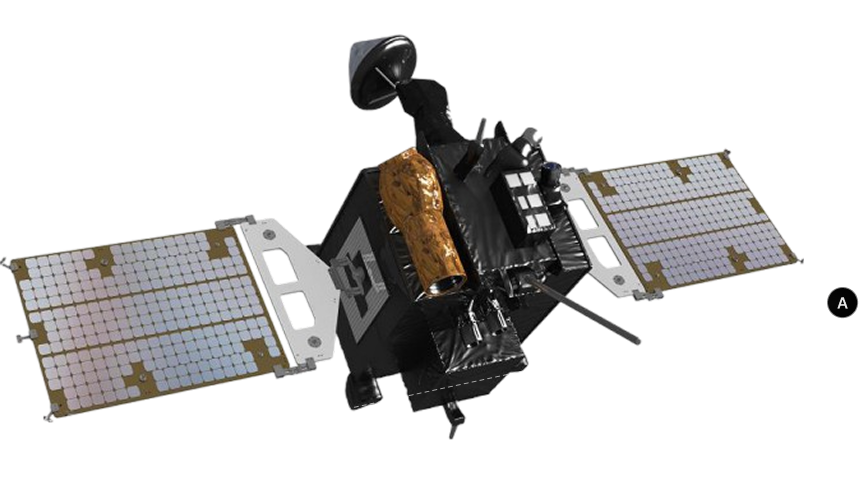
| Width A (when solar panels deployed) | 6.3m |
|---|---|
| Total mass | 678kg |
| Propellant mass | 260kg |
| Launch date | August 5, 2022 |
| Time to lunar arrival | approximately 4 months (~’12.2022) |
| Mission duration | 1 year (~’12.2023) |
 Sources : Space X Space X Website Shortcut
Sources : Space X Space X Website ShortcutCape Canaveral U.S. Space Force Station, Florida, USA (Launch Complex 40)
Launch timeThursday, August 5, 2022, 19:00 Local Time (Friday, August 5, 2022, 08:00 KST)
| Mass | 549 tons |
|---|---|
| Total length | 70 meters |
| Outer diameter | 3.7 meters |
| Liquid-propelled first and second stages | |
| Launch ability | 22,800kg Capable of launching to Low Earth Orbit (LEO) 8,300kg Geostationary Transfer Orbit (GTO) 4,020kg Mars Transfer Orbit |
A circular orbit 100 km above both the Moon's north and south poles.
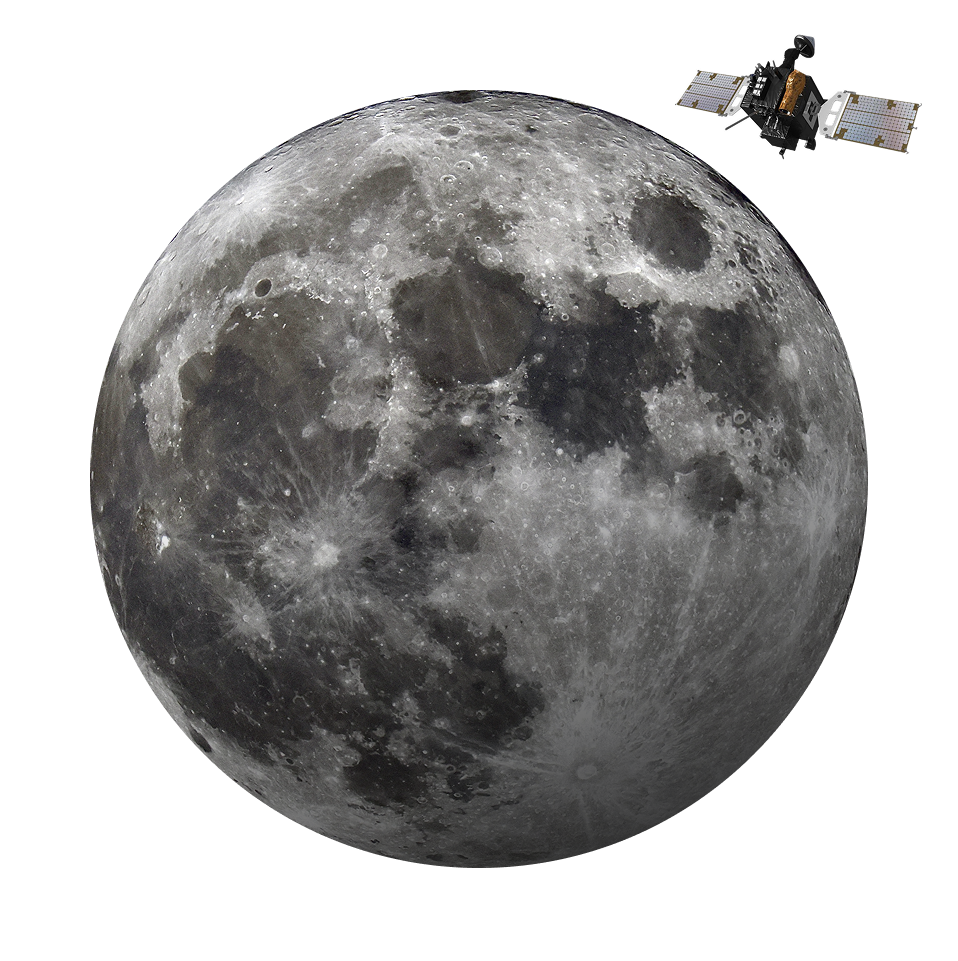
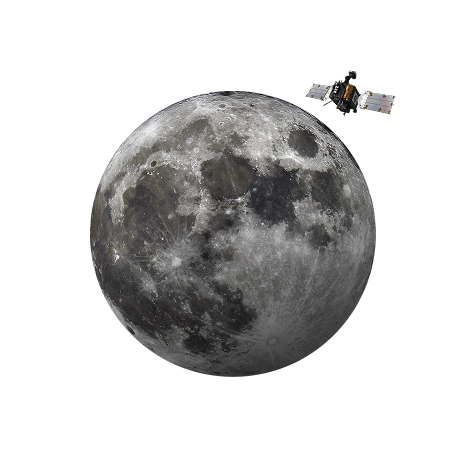
Embarking on the Journey to the Moon on August 5, 2022
다Danuri (KPLO) was launched aboard SpaceX’s Falcon 9 rocket on August 5, 2022. Using the Ballistic Lunar Transfer (BLT) / Weak Stability Boundary (WSB) trajectory—which takes advantage of the gravitational force of the Sun, Earth, and other celestial bodies—Danuri successfully entered lunar orbit on December 26, 2022.
With its mission extended by two years, Danuri (KPLO) is scheduled to continue scientific operations orbiting the Moon until December 2025.
